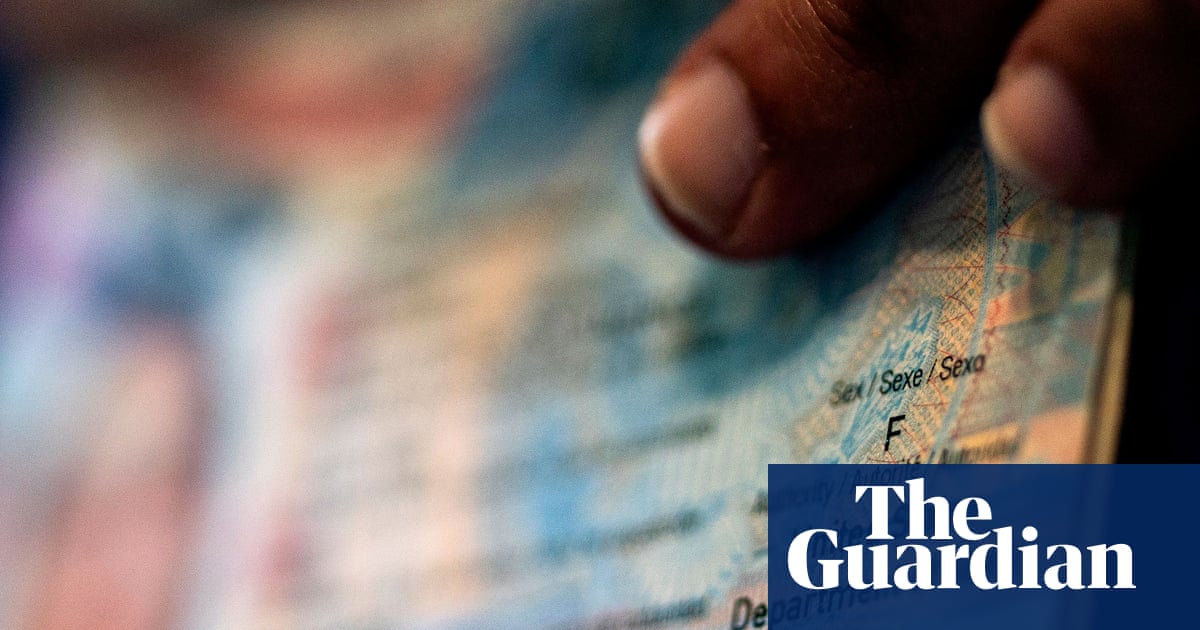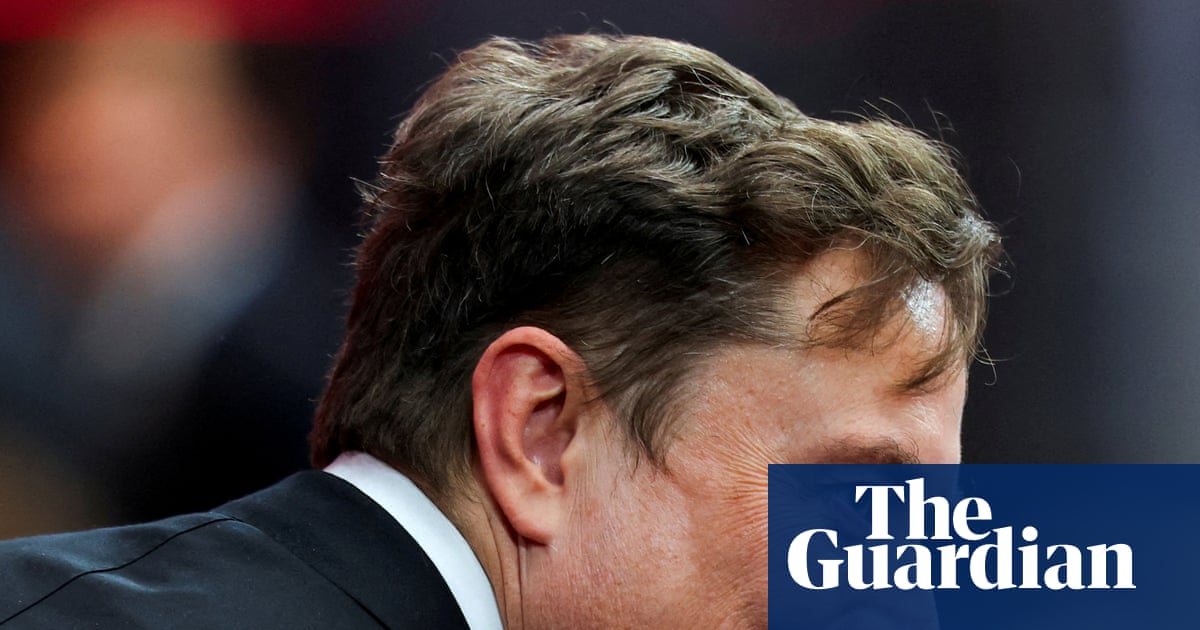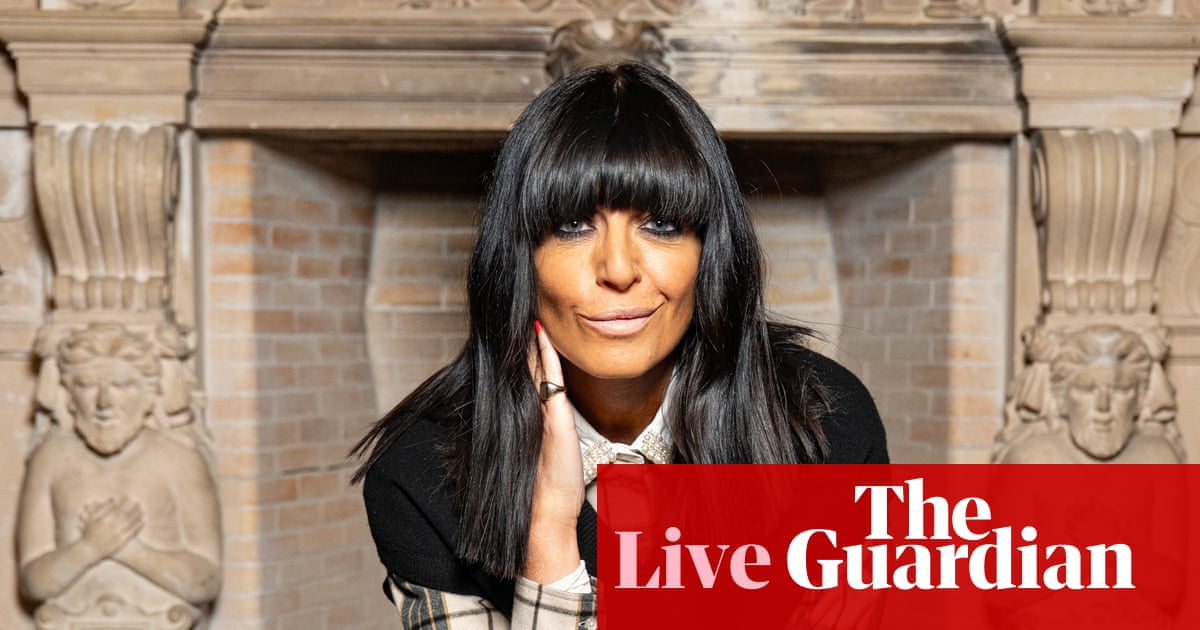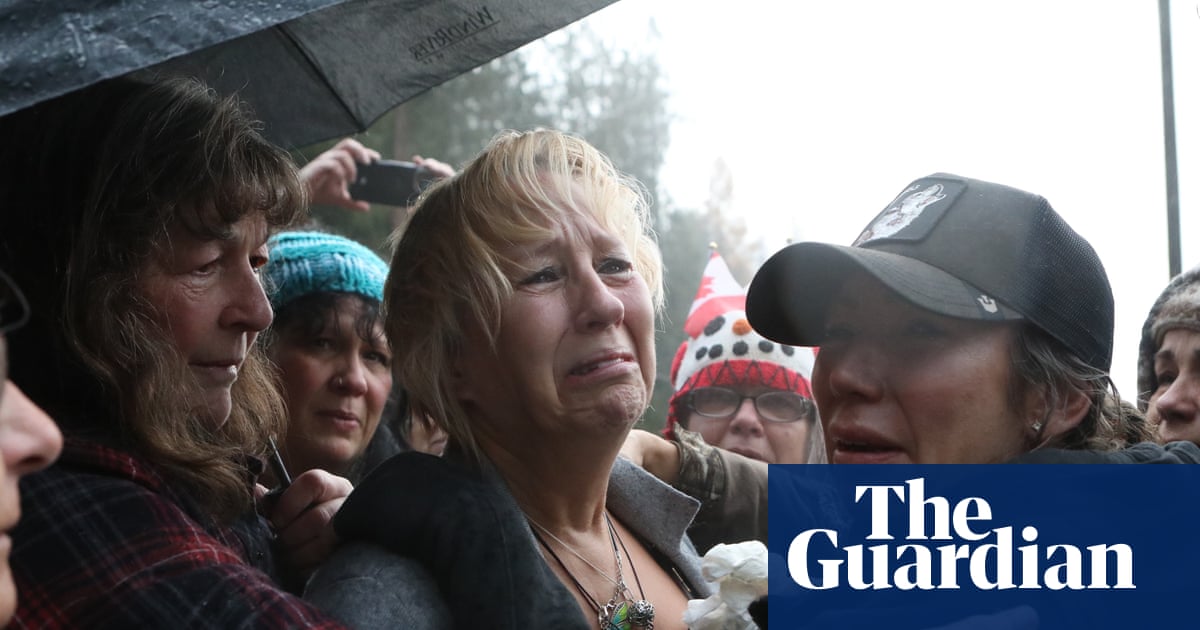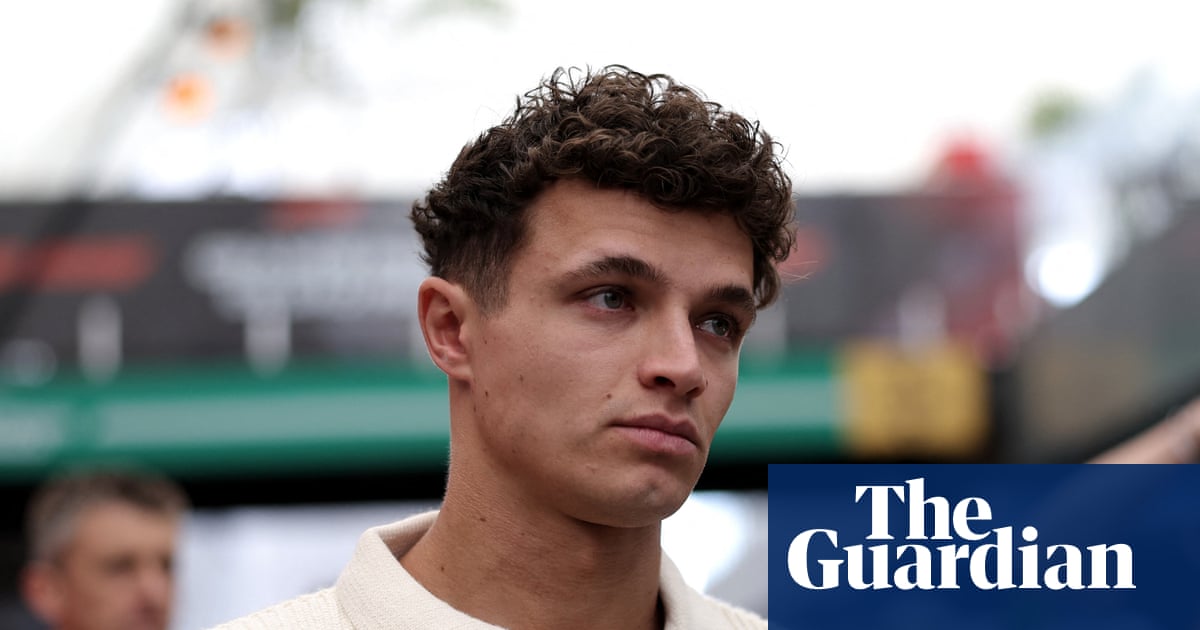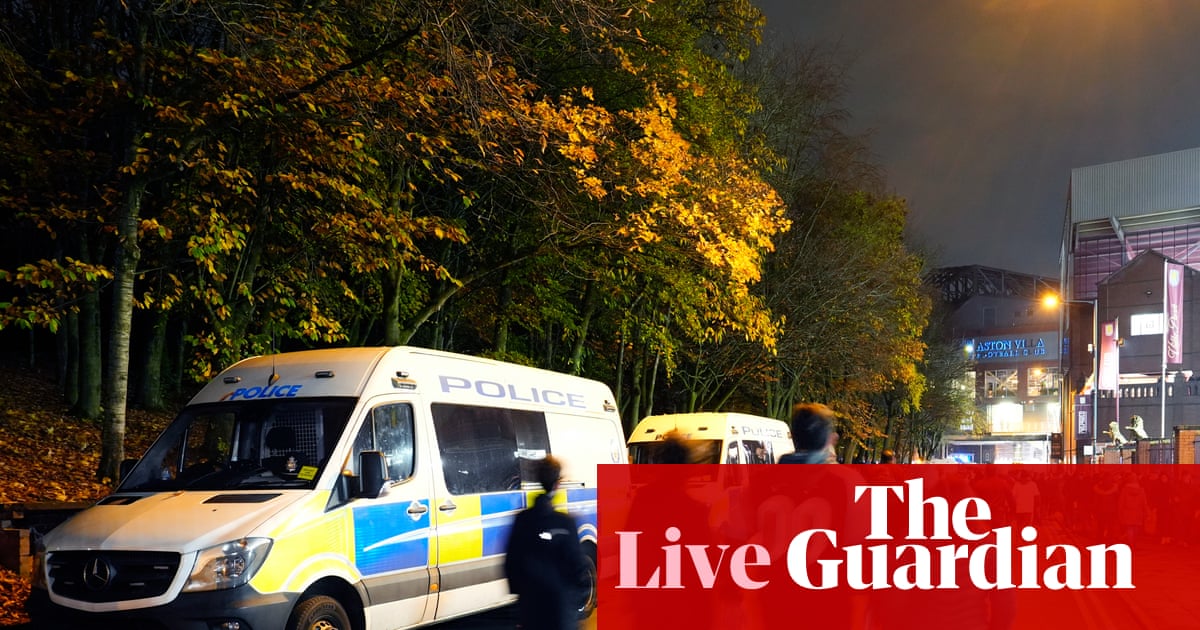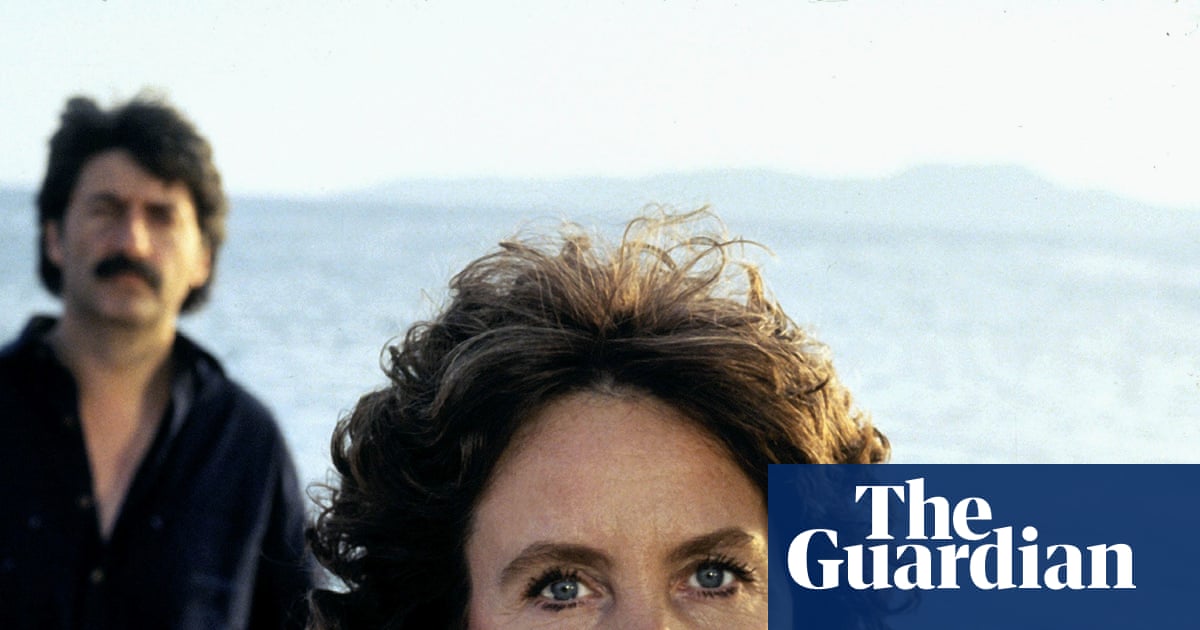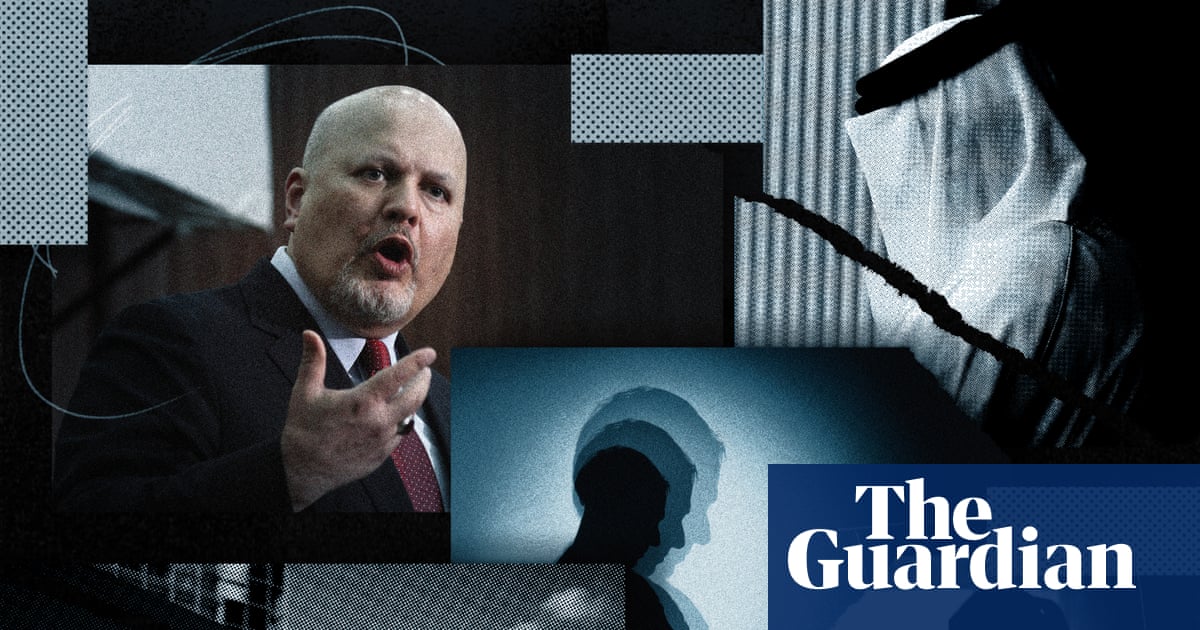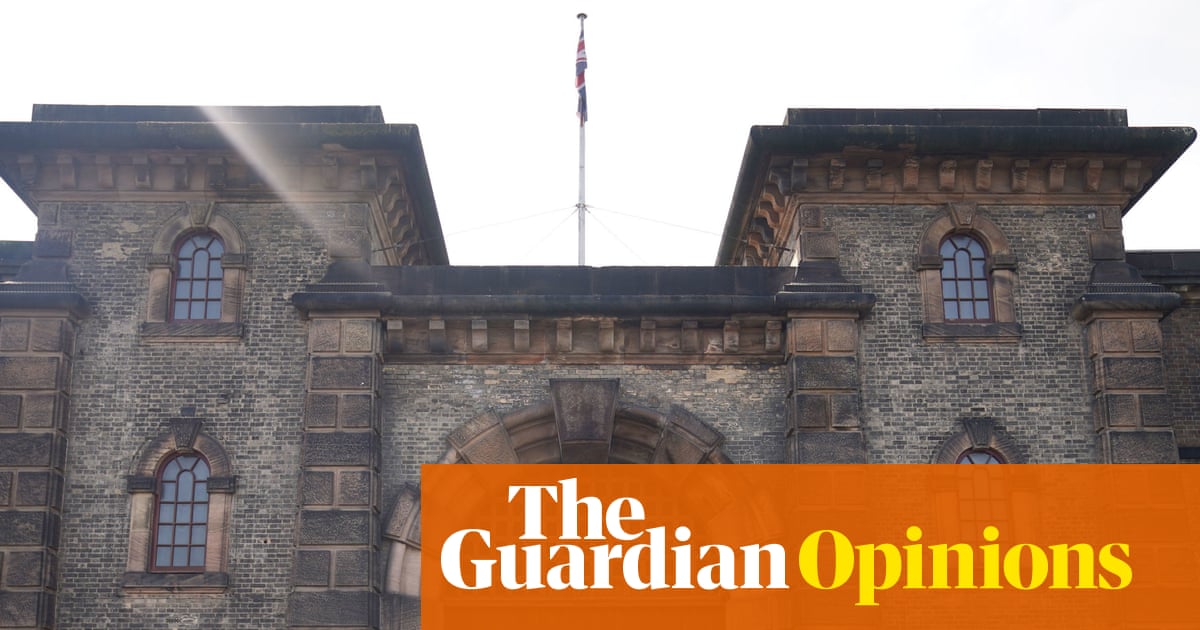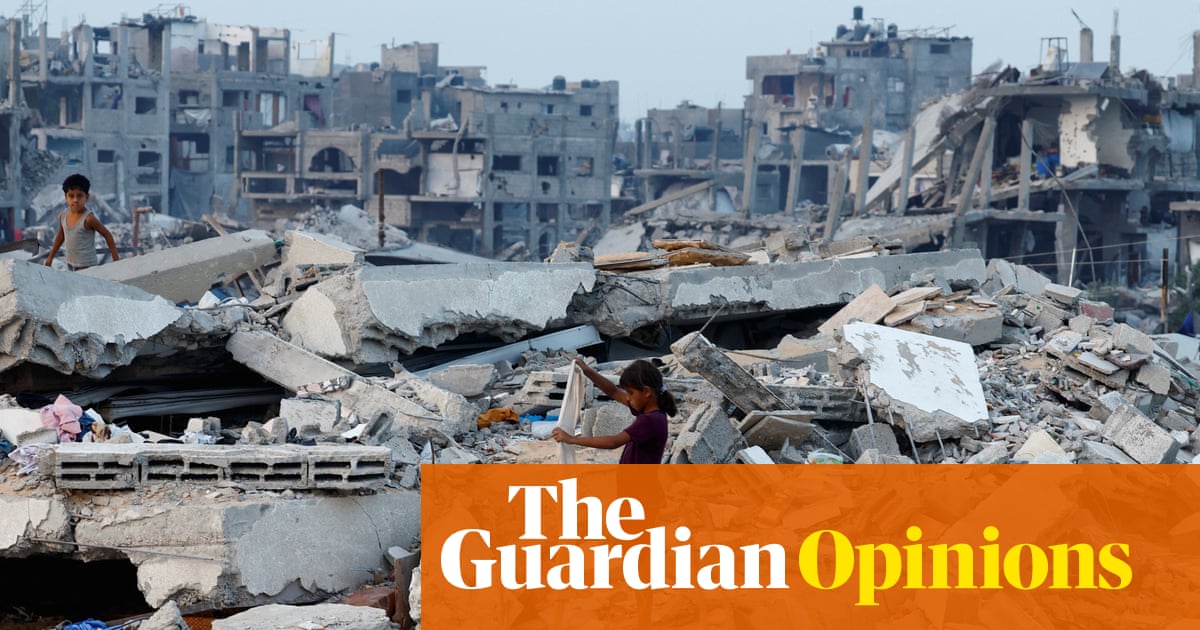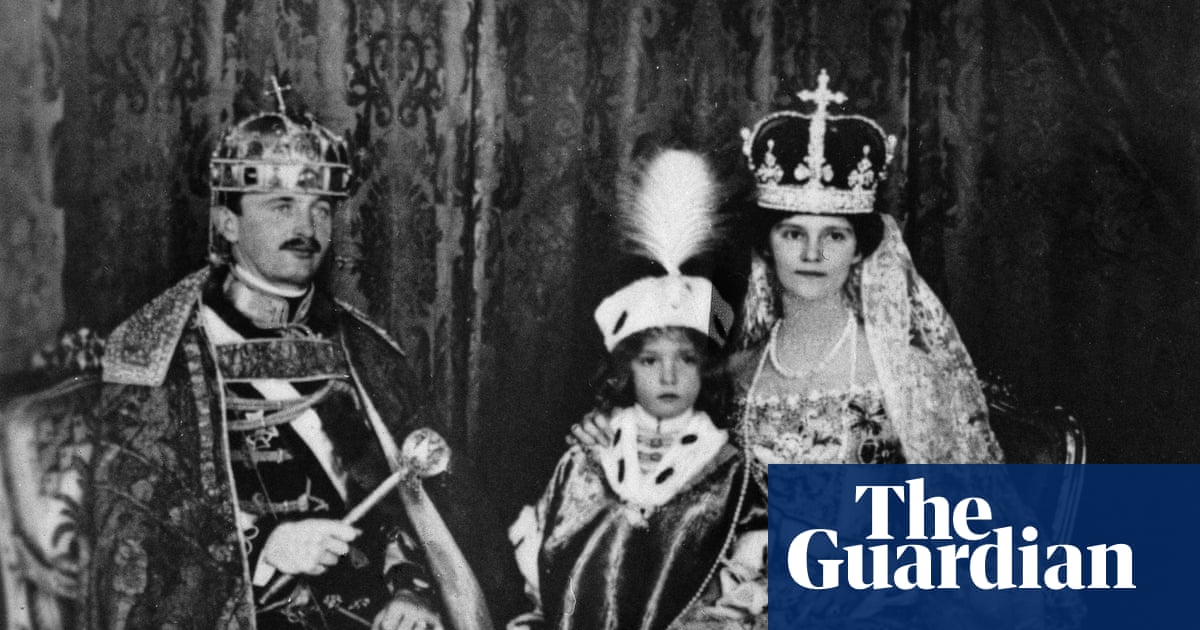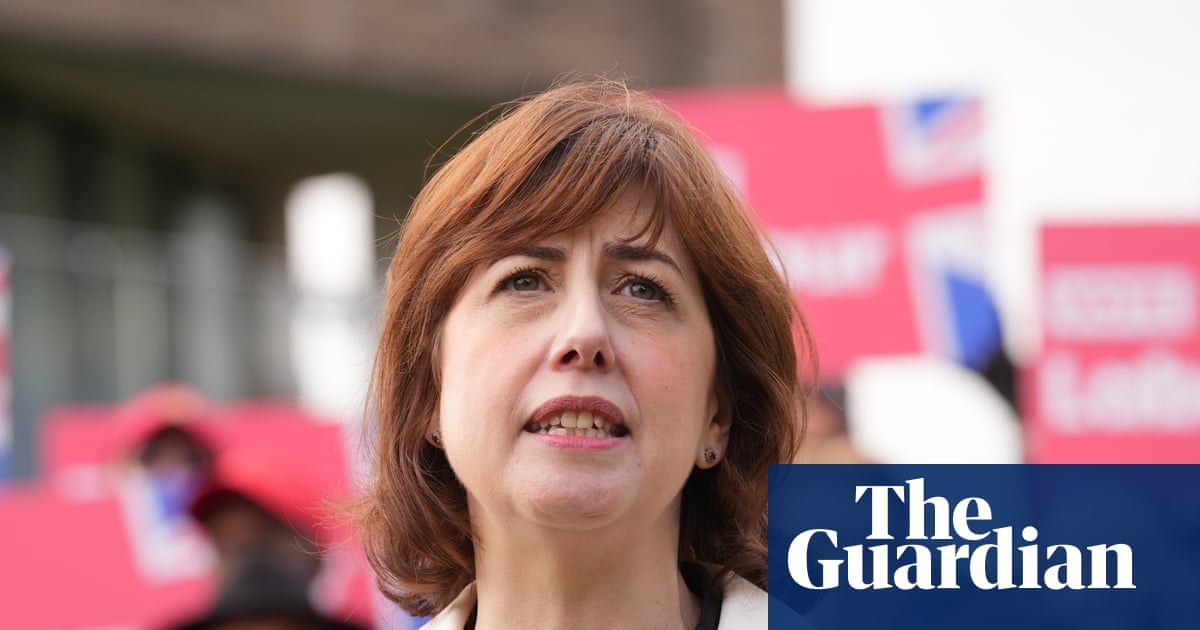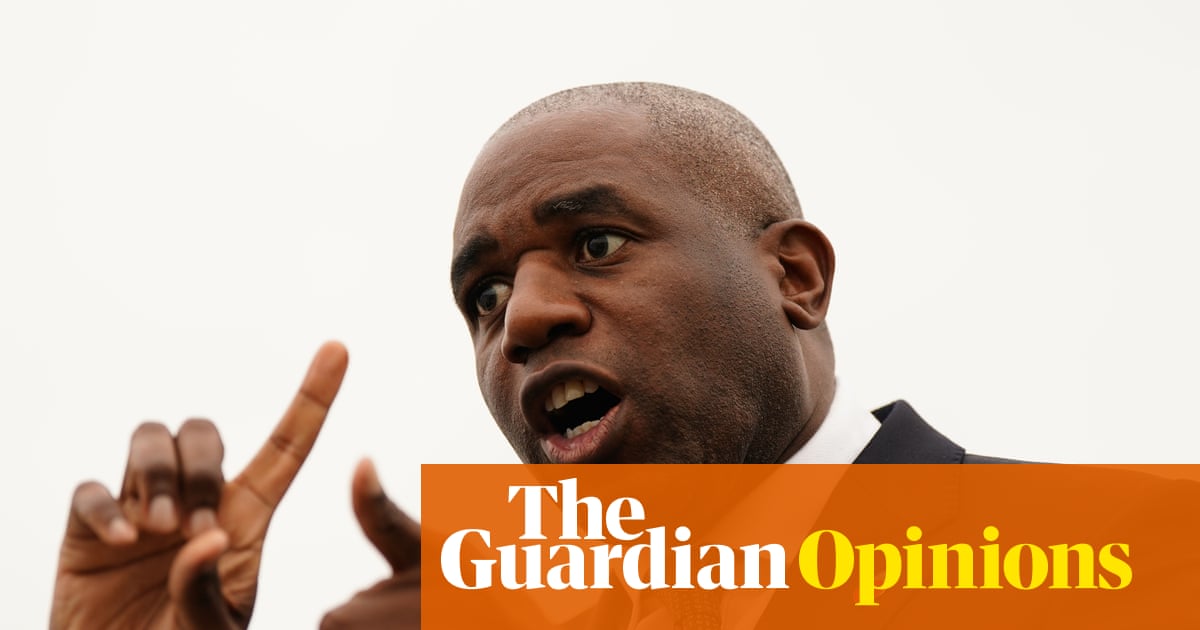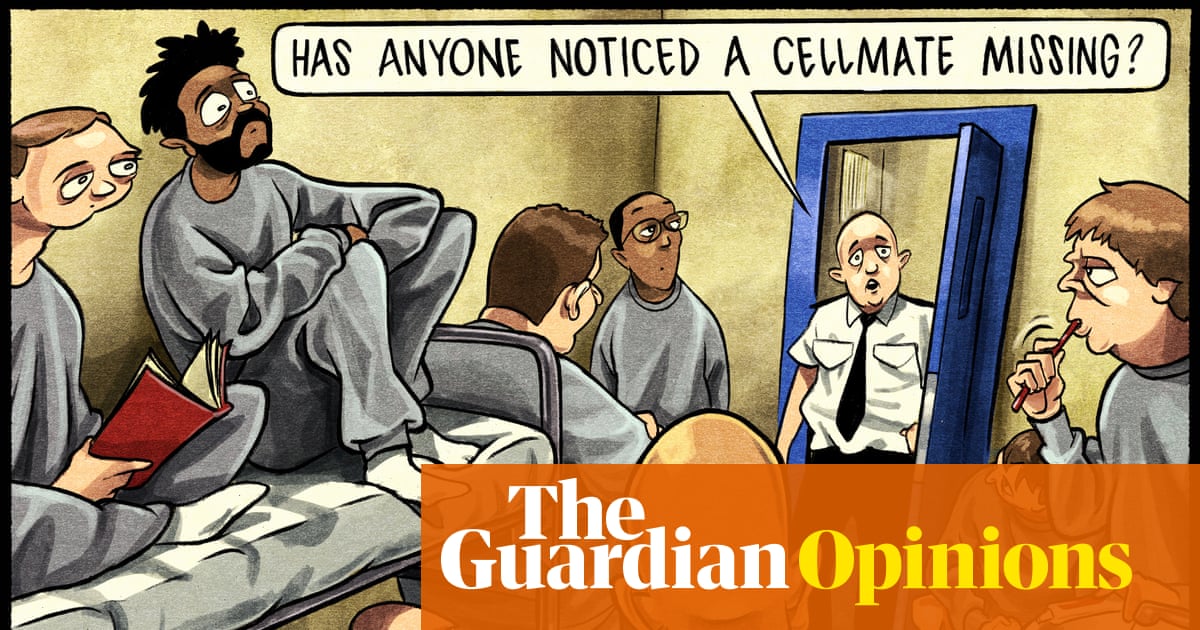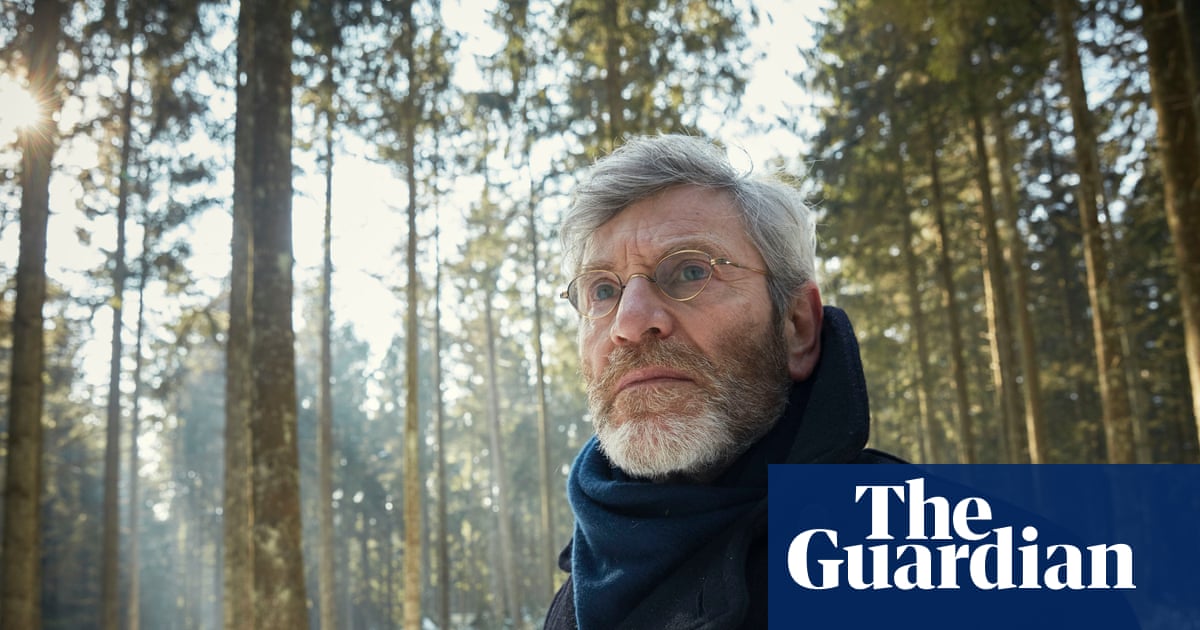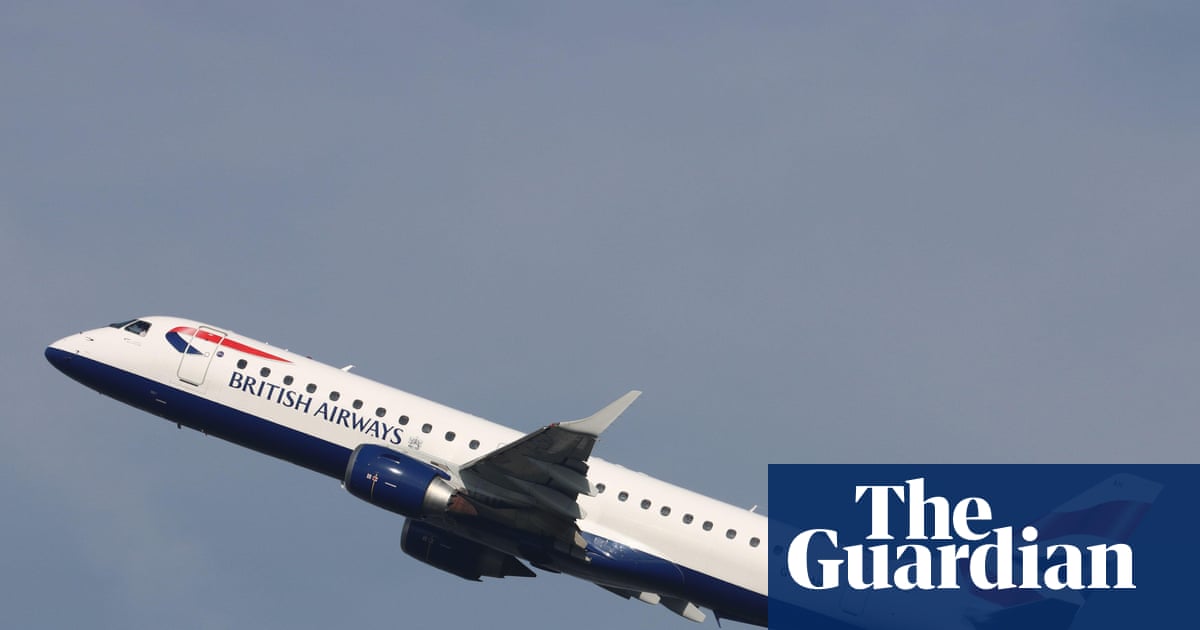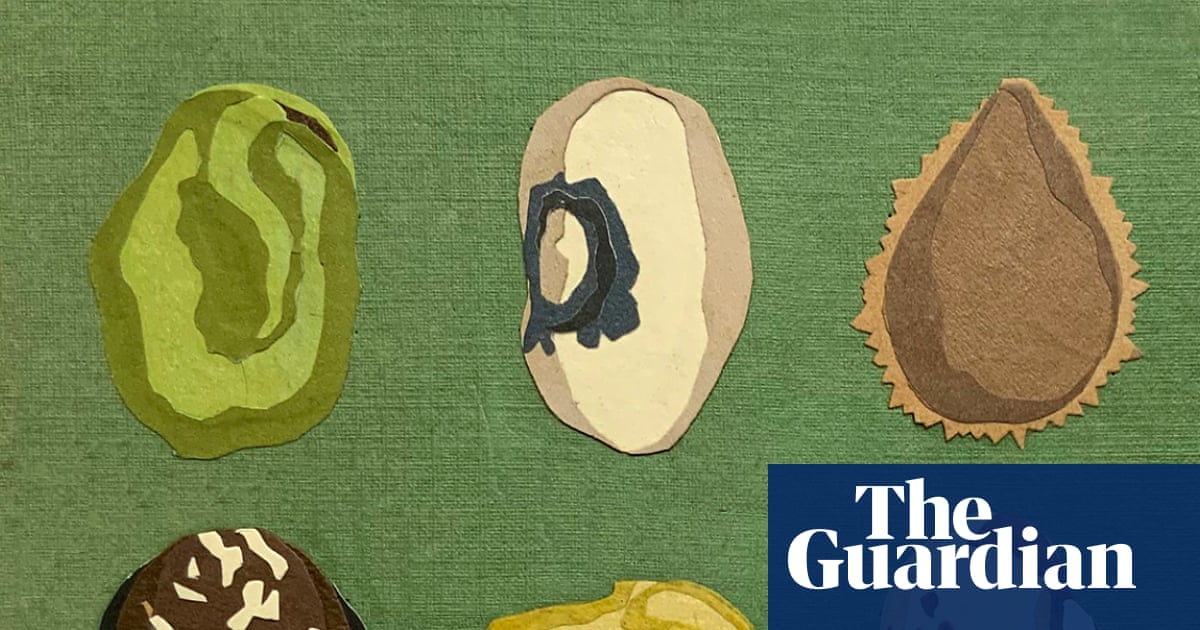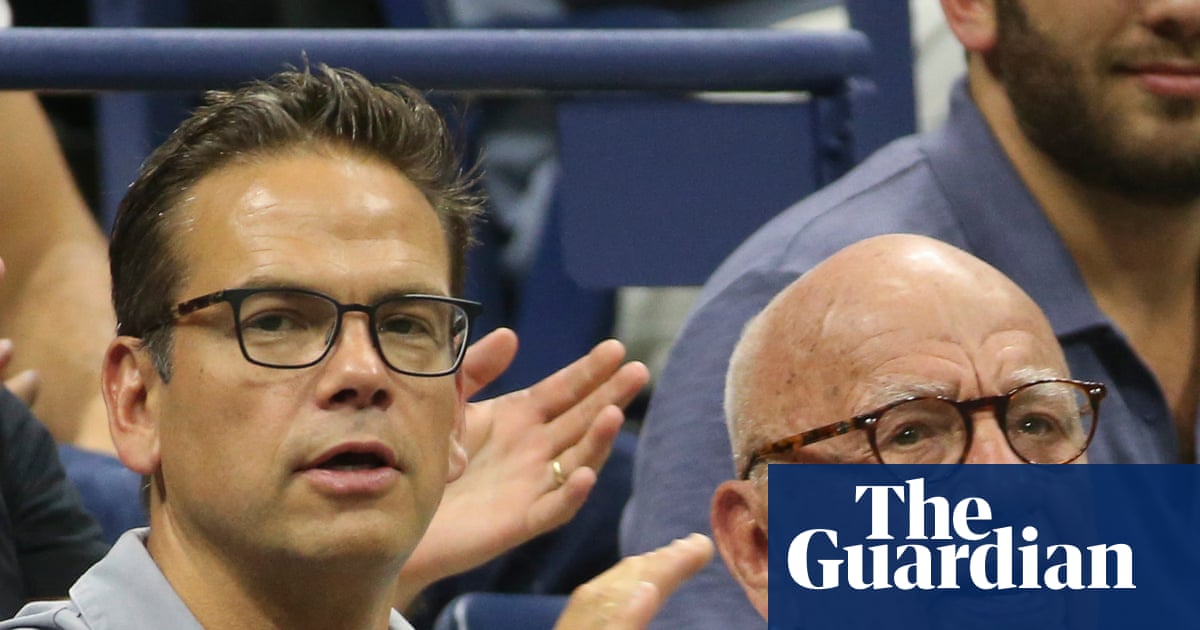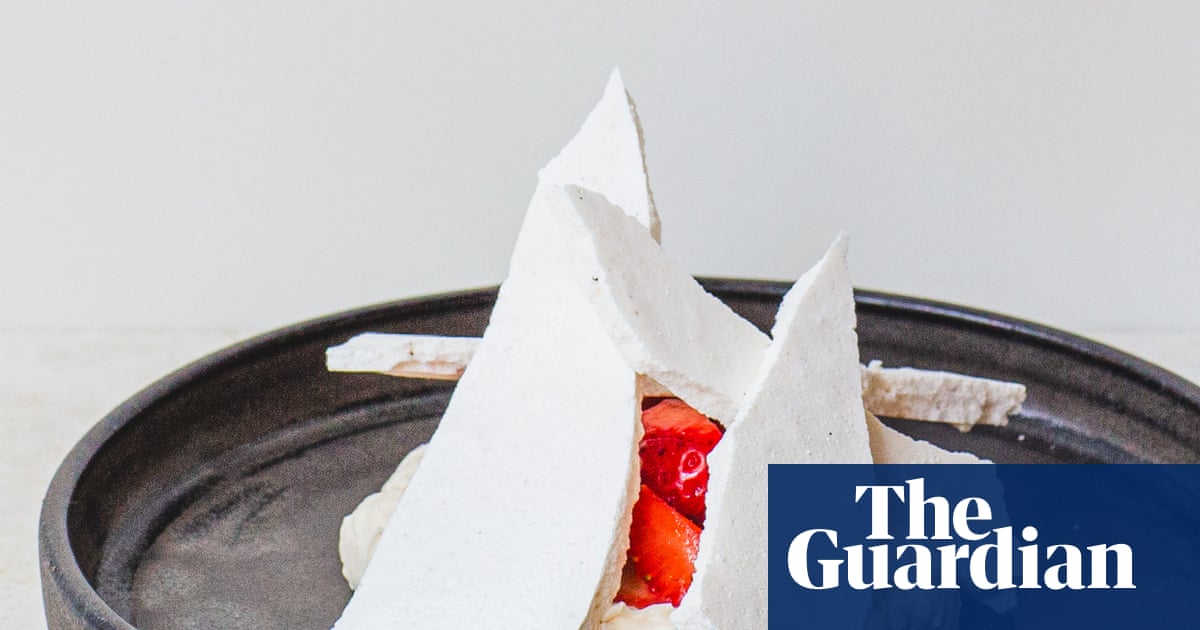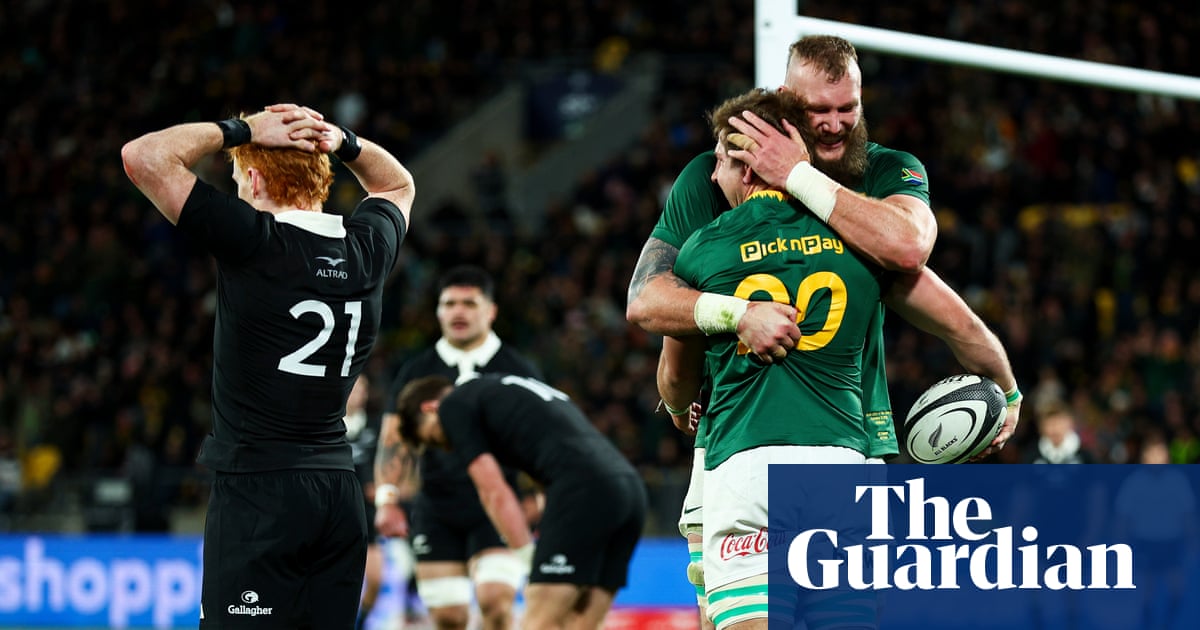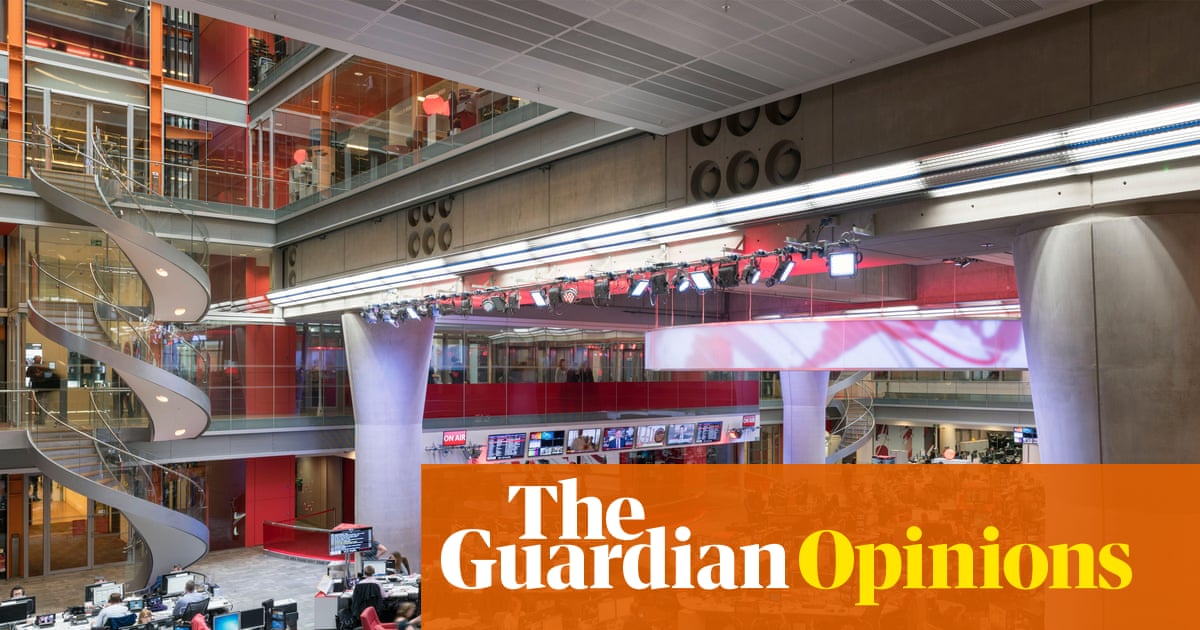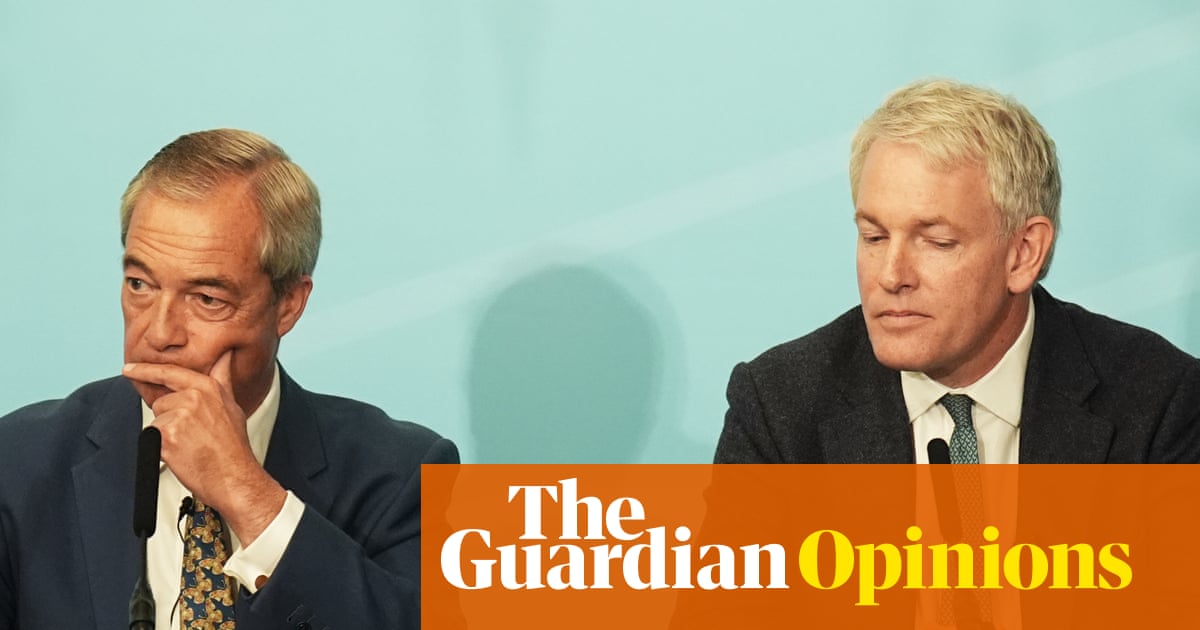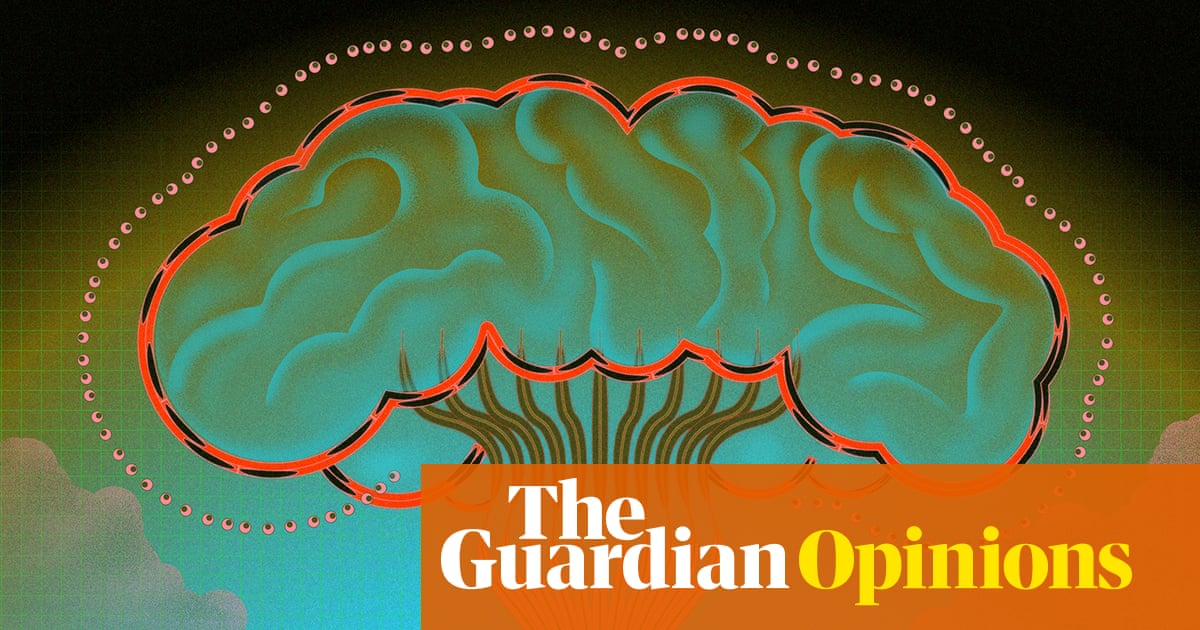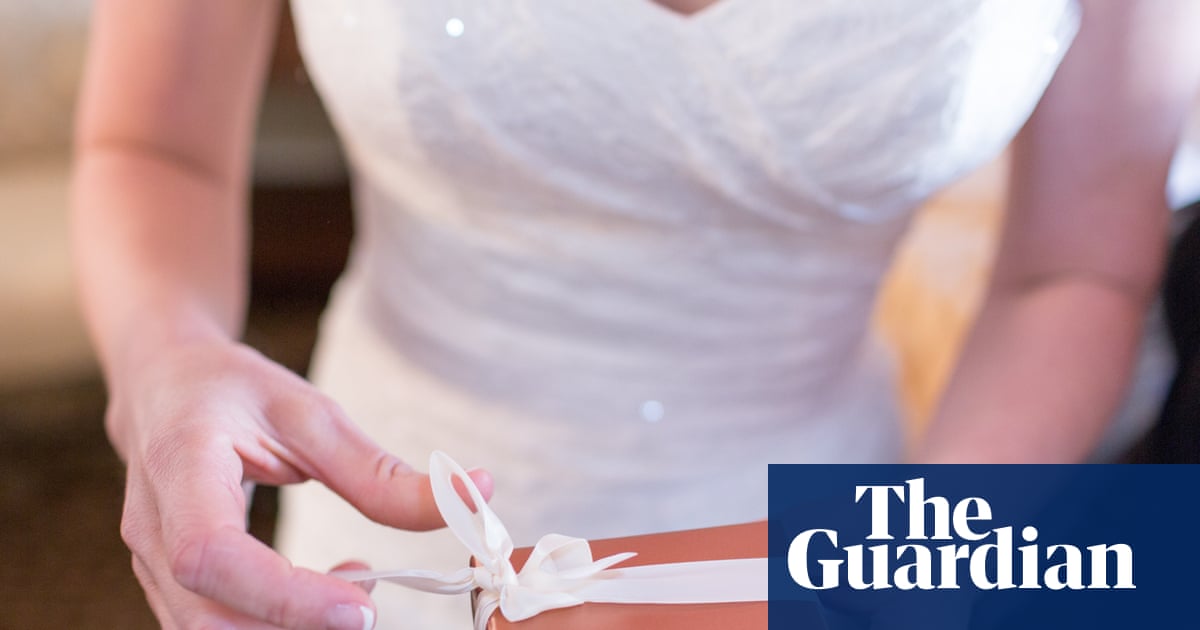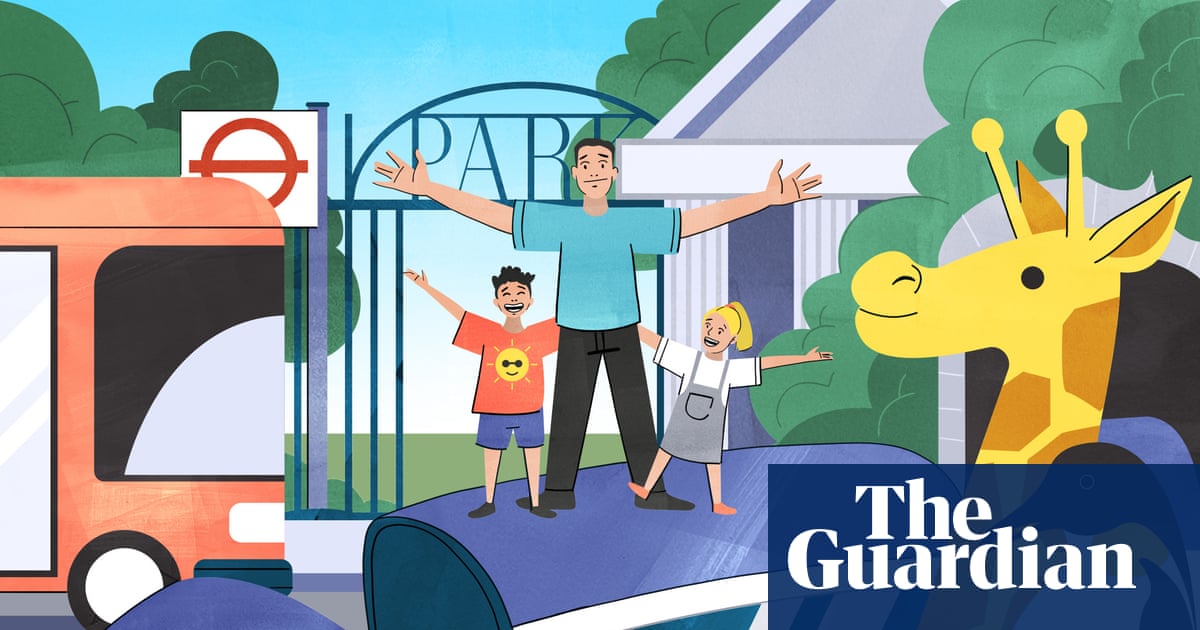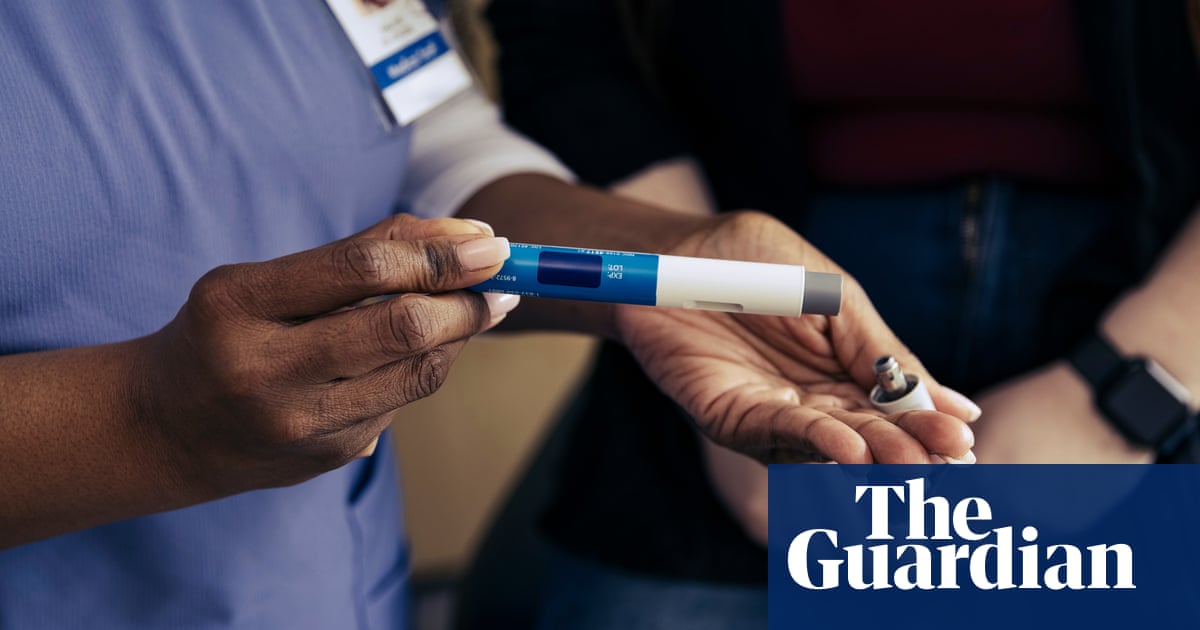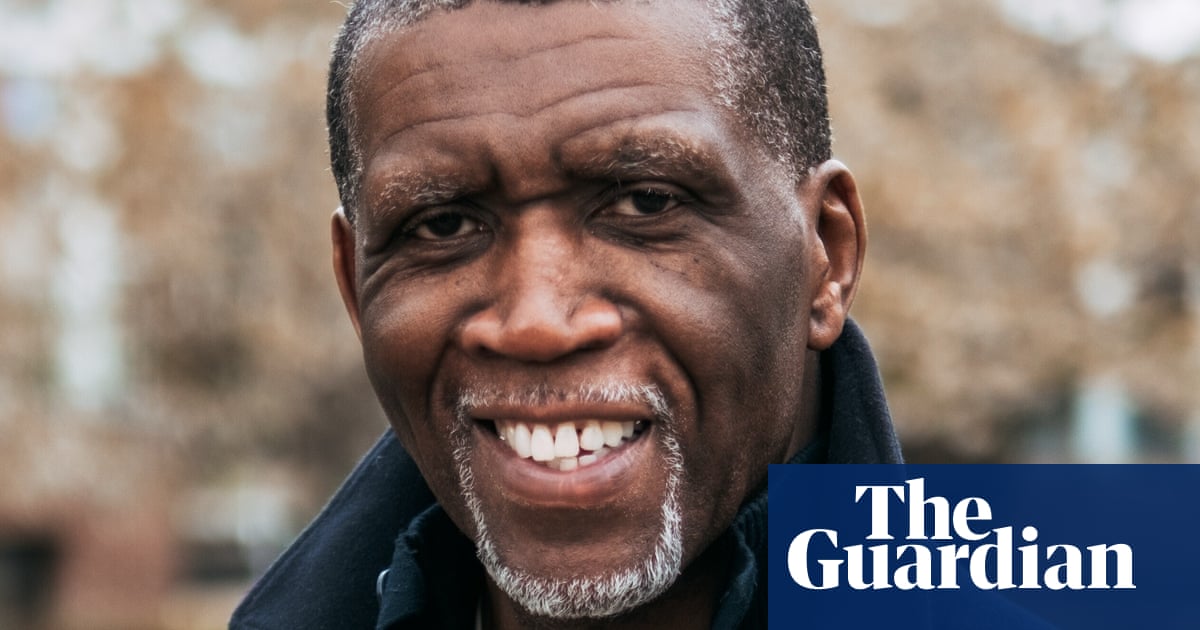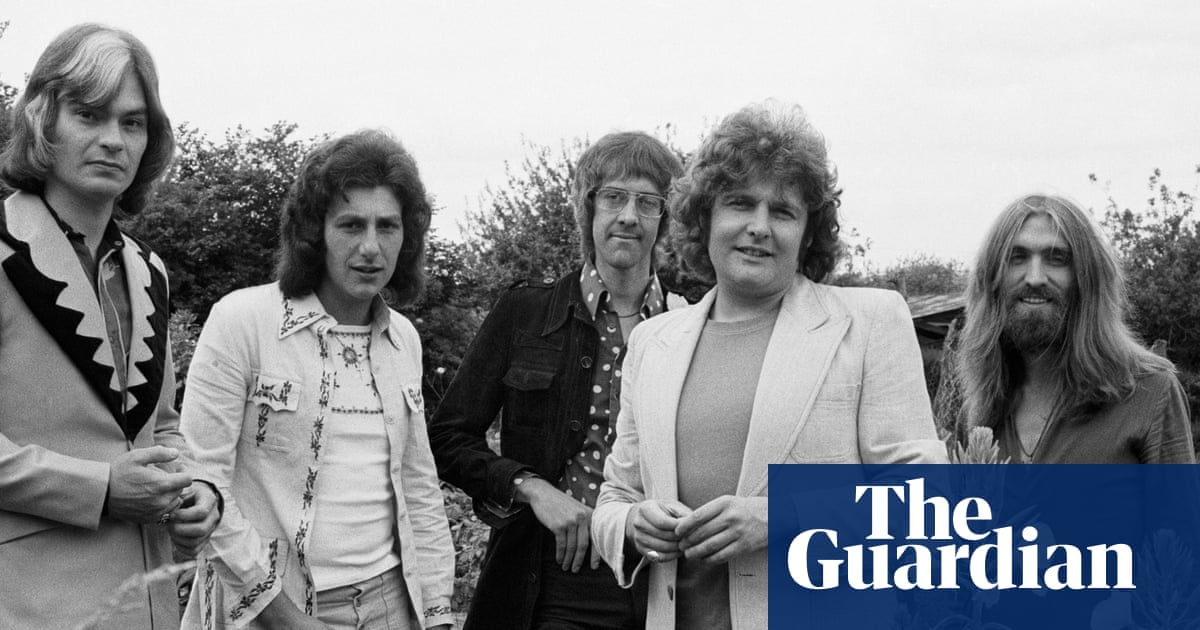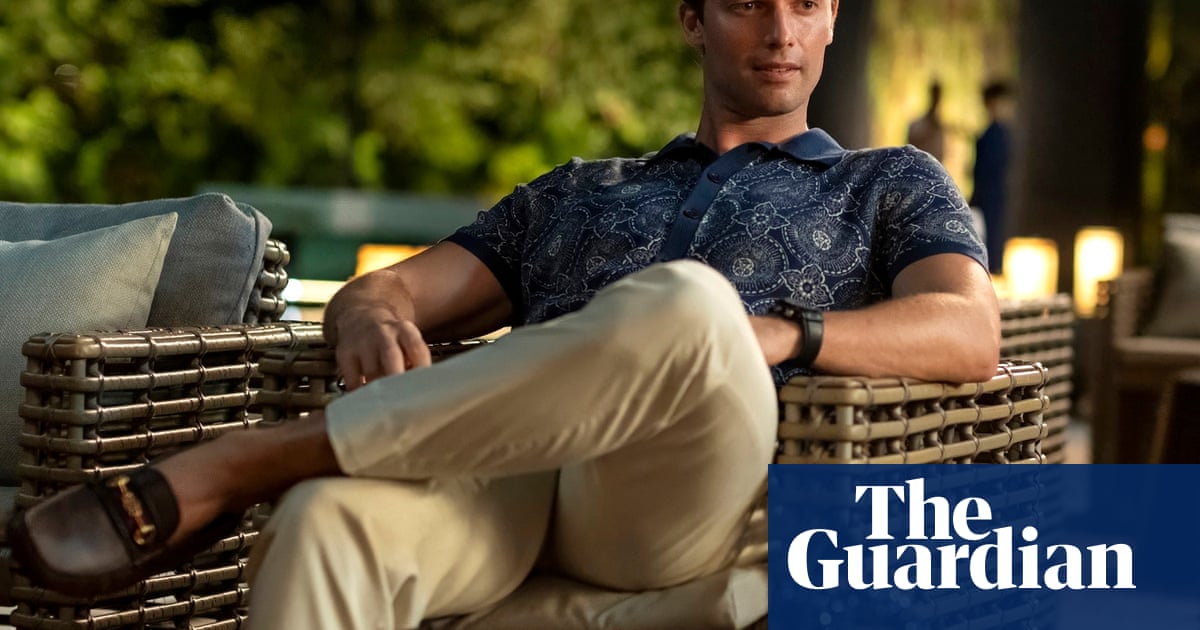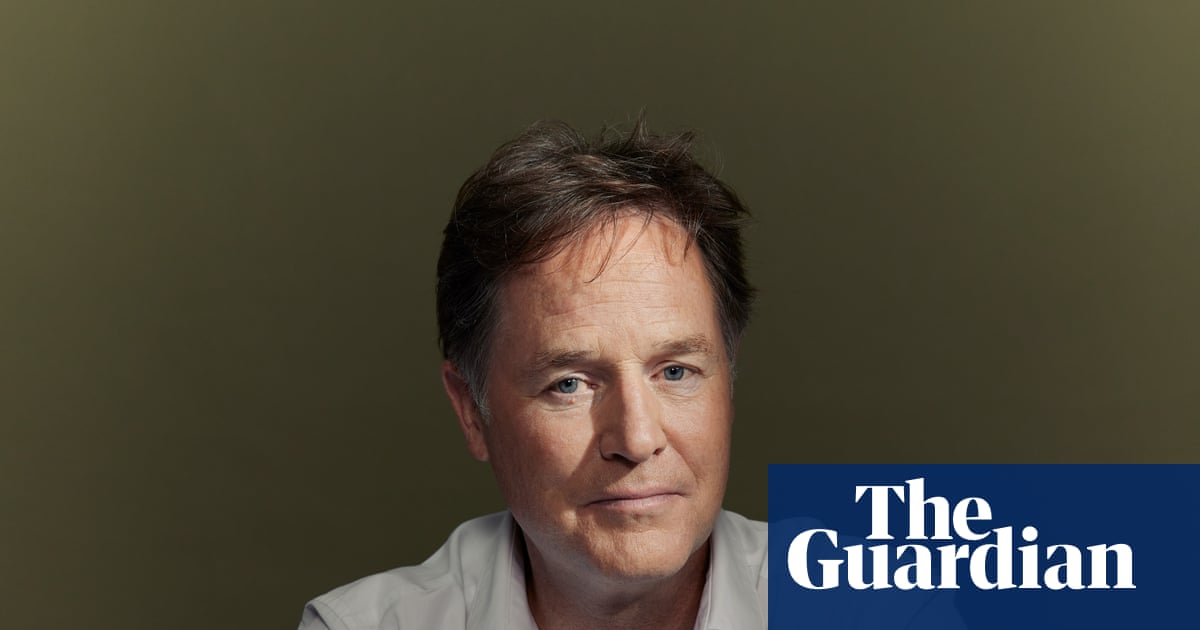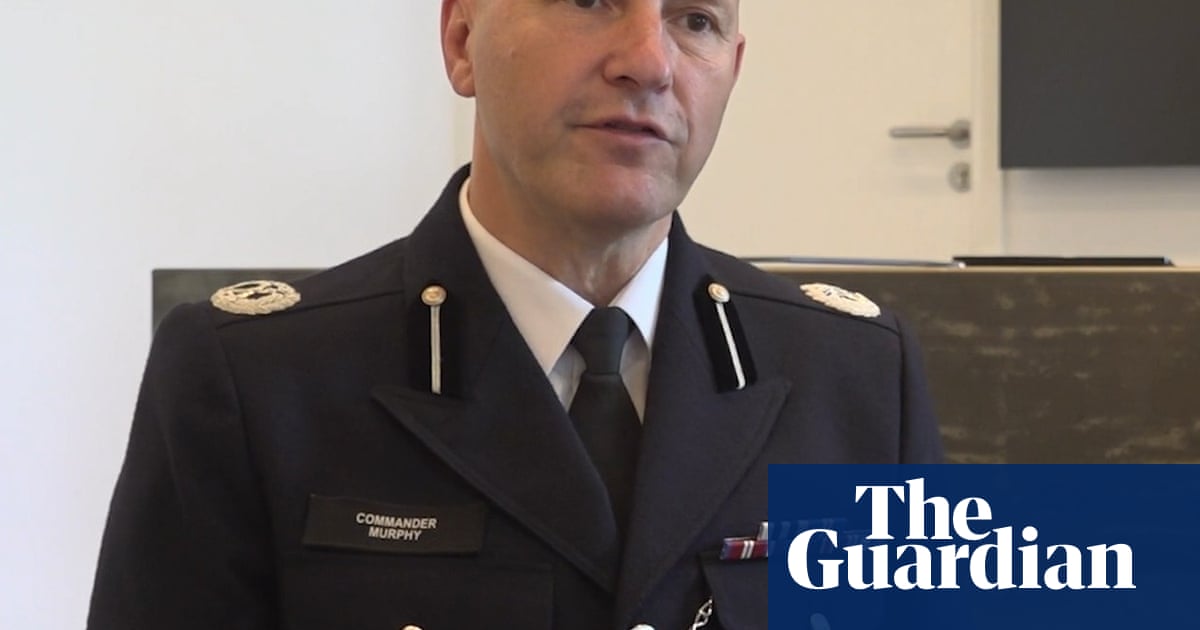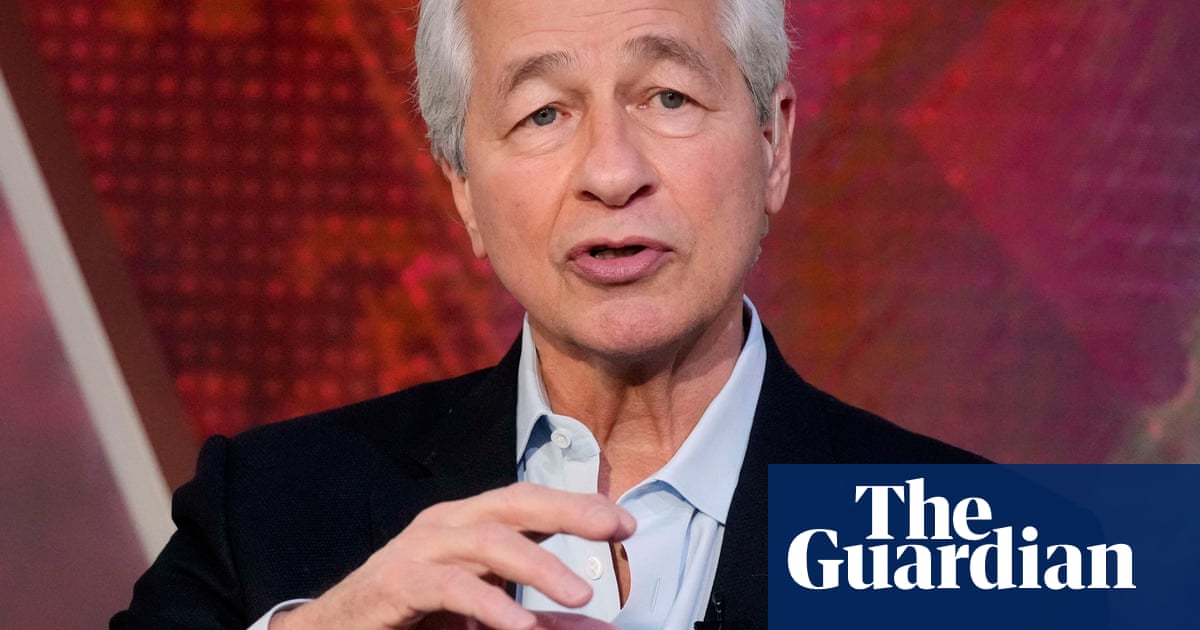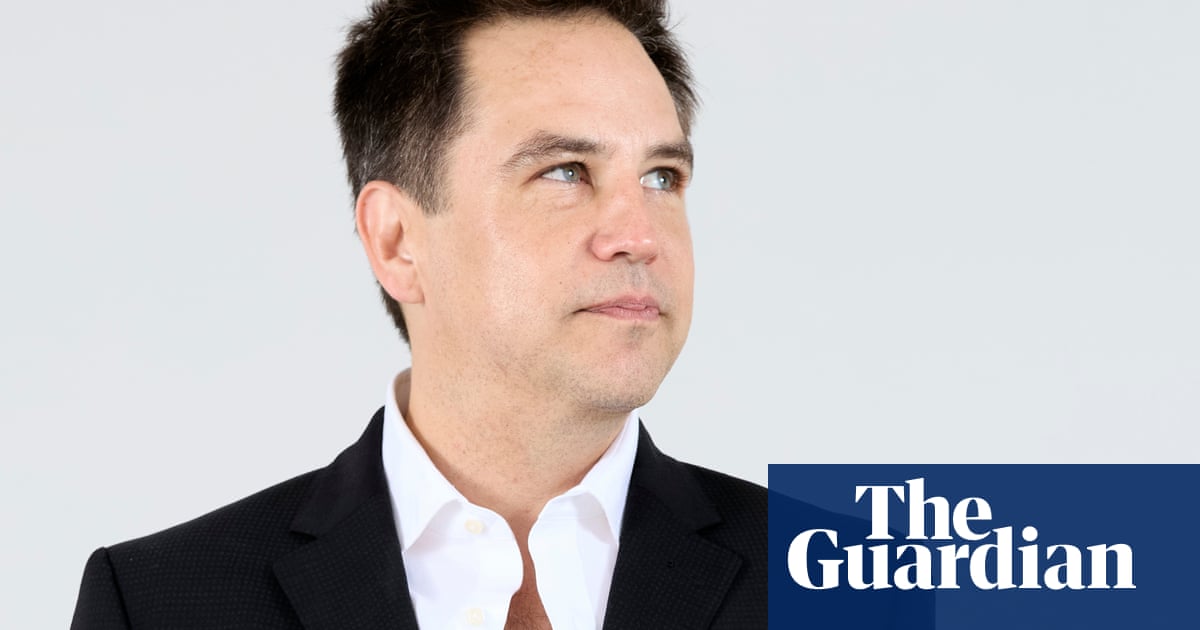‘Centuries ago people used to say, ‘In three days the Piešťany water will either heal you or kill you.’” My guide Igor Paulech is showing me around Spa Island – a hot-spring haven in the middle of the Váh River that runs through Piešťany, Slovakia’s most prestigious spa town. Just an hour north of Bratislava by train, the town and its spa-populated island are packed with grand art nouveau and art deco buildings.
There’s a faint aroma of sulphur in the air as Igor paces ahead, past peacocks and ponds full of lilies, imparting his home town’s history. The hot water that springs from beneath the island sandbank has created what we’re all here for: a blueish medicinal mud that’s rich in hydrogen sulphide and sulphur.
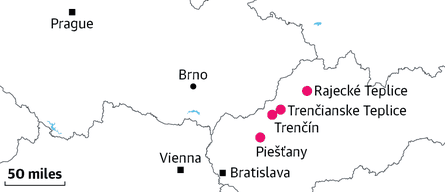
Slovakia is gaining an international reputation for its affordable and high-quality spa treatments. I’m here to visit three of its leading spa towns, travelling entirely by rail. The journey from London is straightforward and took less than 24 hours thanks to the new European Sleeper route that leaves Brussels for Prague three nights a week, and a direct train from Prague to Piešťany.
On checking in at the Thermia Palace, the history of this grand 113-year-old hotel and neighbouring Irma Health Spa is immediately apparent. Photographs of maharajas, politicians and singers who have visited are on display, and a painting donated by Alfonse Mucha, the Czech artist whose work defined the art nouveau style, hangs in the hotel’s dining room. His daughter came here regularly for the balneotherapy (mineral-water hydrotherapy), and there is a small museum on Spa Island dedicated to his work.
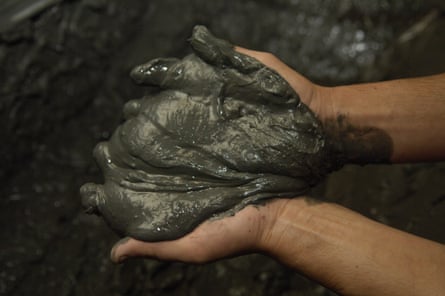
I’m assigned to Dr Alena Korenčíková, who immediately notices I have hypermobility and draws up a personalised programme that includes visits to the thermal bath, filled with sulphuric mineral water, and the hot-mud pool. I’m also prescribed daily CO2 injections. Known as carboxytherapy, this treatment is meant to help muscle recovery and tissue regeneration; my rock-hard shoulders feel noticeably looser afterwards. And finally, I’m prescribed a mud-pack treatment, which is recommended for reducing swelling and inflammation, and nourishing the joints. When I explain that I’m going to Trenčianske Teplice and hope to continue mud treatment there, Dr Alena says: “They have peat, it’s not the same as ours.” Time to fine-tune my mud knowledge.
As I submerge myself in the warm cloudy water, my toes squish into the mineral mud that is pumped directly from the mud kitchen (where it’s treated) into the vast circular pool. The building is as thrilling as the bathing. The 19th-century dome above the pool is the spa’s stunning centrepiece, with stained glass art deco skylight windows sitting high up on the art nouveau walls decorated with tiles, floral motifs and cherubs. Piešťany is just as much about architecture as about bathing, it seems.
Local architect Eva Rohoňová cements this theory the following day, when she shows me around the extraordinary House of Arts, a colossal piece of 1970s brutalism that houses the town’s concert hall and cultural centre. “It’s far too big a capacity for just people from Piešťany,” she says. “The Czechoslovakian government built it here as the town was full of international visitors. It was to demonstrate the culture.” She has been giving tours of otherwise inaccessible interior spaces to locals over the years, but anyone can arrange one through the Visit Piešťany website.
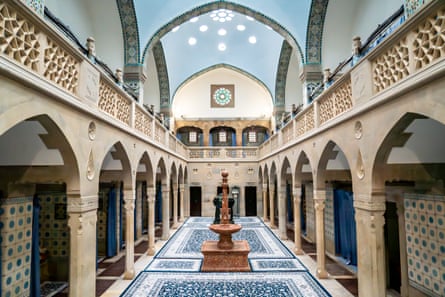
After three mud-packed days, I take a train north to Trenčianske Teplice just outside Trenčín, one of next year’s European Capitals of Culture. I’m instantly taken by the picturesque spa town with its mix of baby pink and peachy orange 19th-century guesthouses and angular 1960s concrete hotels. Daniel Oriešek from the tourist board shows me around. I point out the steady stream of visitors carrying walking poles. “It’s not the Tatras, but people come here for hiking,” he says, alluding to Slovakia’s West Carpathian range which forms a scenic backdrop to the town.
They also come to bathe at the Sina hammam, an ornate Turkish bathhouse that looks as though it could have been teleported here from Istanbul. It was in fact built in 1888 and designed by František Schmoranz Jr, an Austrian architect of Czech origin who had spent several years living in Egypt and was a leading expert on Islamic architecture and decorative arts.
I’m ushered in and shown to the pool, where an unexpected delight greets me: a huge socialist-era mural that covers one entire wall. I soak in the water and copy the locals, who splash their faces with water from the source in the middle of the pool. Afterwards, my skin looks and feels fantastic and, with an entry price of just £12.50, I’m already plotting my next visit as I exit the building.
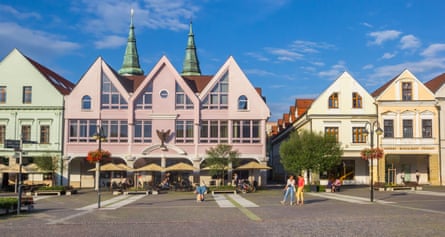
The next day I catch a train to Žilina, a city in the north of the country, where I disembark to hop on a bus for Rajecké Teplice. It’s a village compared with Piešťany and only has the one spa, Aphrodite, but that spa is truly unlike anywhere else I’ve been. Lovingly maximalist, with Roman-style columns, mosaics and gold decor that glimmers in the crisp spring sunshine, this is the Vegas of spa resorts. “When you are lying on a sunbed on a hot summer day and take a cold dip in the pool, it’s like you’re not in Slovakia,” says staff member Radka Capkova. “Everyone knows Slovakia has lots of spas, but it’s usually older people who want to go. But our spa is so famous that we get younger people here taking photos.”
It’s a huge complex of 11 saunas, three restaurants, an outdoor swimming pool and Nature Land, where bathing is naked after 5pm. I feel far too British for this, but wearing a bikini to a sauna is a firm no in central Europe, so I collect a sauna sheet and tuck it around myself like a sarong. Capkova encourages me to attend one of their “sauna ritual” events (or Aufguss) and get over the nudity: “No one stares or looks,” he says.
I go to the hottest ritual, where the sauna master swirls around like a figure skater, splashing orange, lemongrass and yuzu water over the hot coals as pop songs blast out and everyone claps along – the camaraderie is so infectious that I quickly forget everyone is naked.
“My great-great-grandmother, my great-aunt, my mother, everyone worked here at some point,” Capkova tells me. Rajecké Teplice is the smallest of the spa towns I’ve been to, but it has a big community impact. Spas are just in the blood in Slovakia. “But in the UK you don’t go to the spa?” It’s a question I get asked a lot throughout this week. “We’re working on it,” I always reply.
The trip was provided by Visit Piešťany, Trenčianske Teplice Regional Tourism, Spa Aphrodite and Byway Travel (byway.travel). A bespoke 10-day tour of Slovakia costs from £2,012pp, including transport and some accommodation

.png) 3 months ago
50
3 months ago
50
